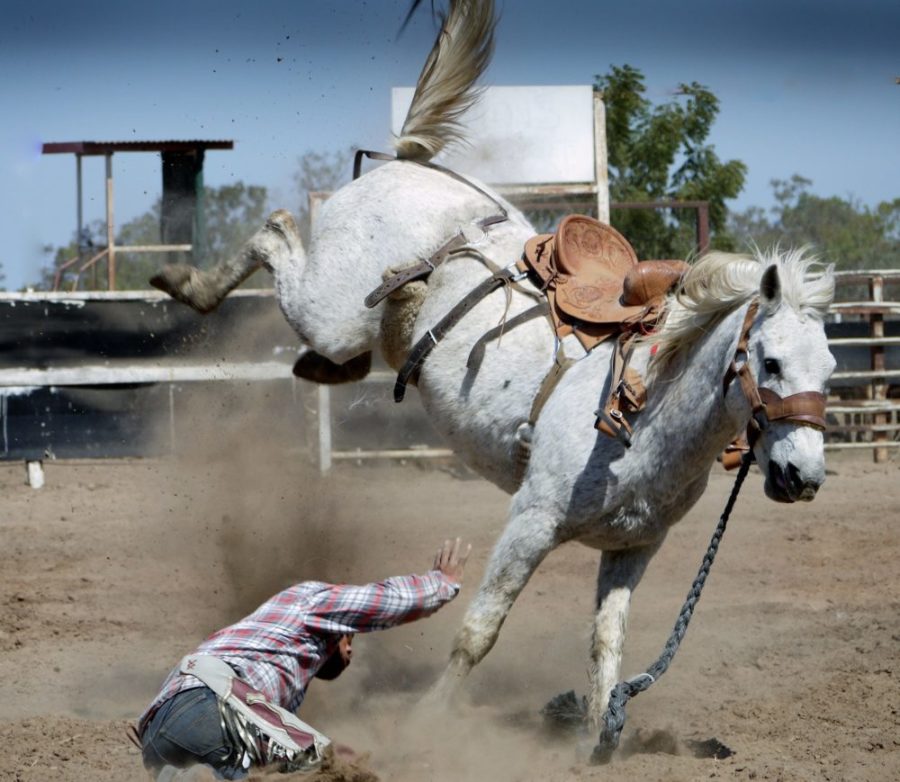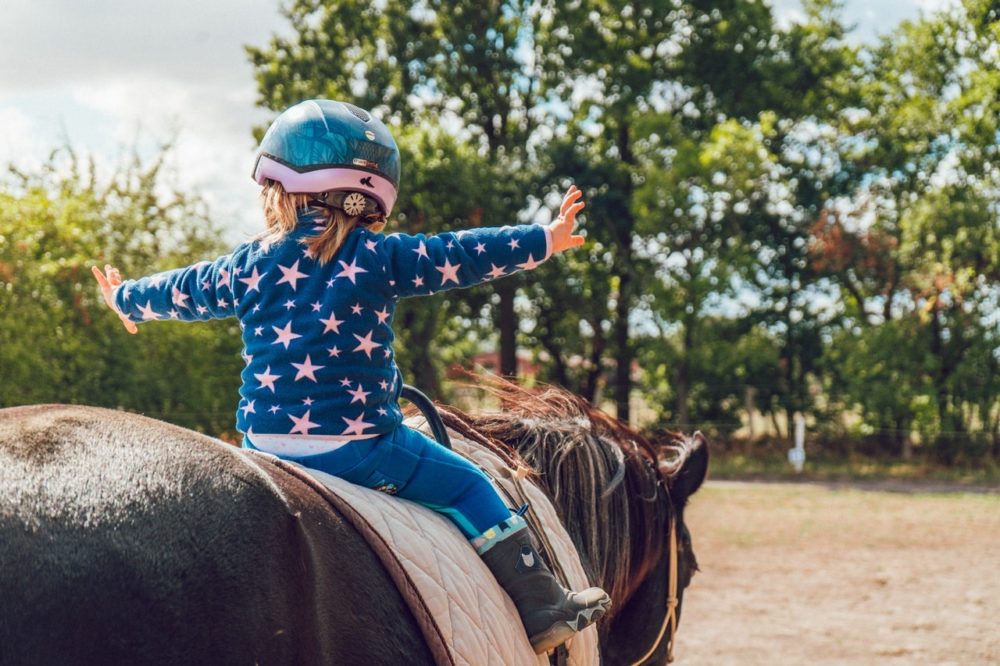What is CBD Oil and Where Does It Come From?
CBD (cannabidiol) oil is extracted from medicinal hemp plants. In a hemp plant, over 100 varieties of cannabinoids are present, each with varying health properties. In addition to cannabinoids, hemp plants contain terpenes, which are compounds that give a plant and the extracted oil a unique smell and taste. Terpenes can also have medicinal properties and can work in synergy with cannabinoids to provide enhanced health benefits. Terpenes with the best medicinal properties are typically found in the leaves and flowers of hemp plants. Consequently, medicinal hemp is often grown in a controlled environment to maximum bud growth and leaf growth – leading to higher CBD levels.
The Popularity of CDB Oil
Humans and mammals have advanced endocannabinoid systems which provide receptors for cannabinoids. As a result, many animals, including horses, have an innate ability to metabolize the compounds found in CDB oils. Many studies have shown that the oil can have a wide range of benefits on cardiovascular health, the digestive system, bone structure, the nervous system, and the immune system. Over the course of the past two decades, CBD has become a popular alternative and complementary health product to conventional pharmaceutical medicines for treating, managing and preventing many different health conditions.
Does CBD Oil Have Psychoactive Properties?
Many people wrongly confuse CDB oil with marijuana since it is derived from the same plant. However, there are many different species of cannabis plants. Oils extracted from Cannabis indica plants have lower THC content and higher CBD content. Meanwhile, oil extracted from Cannabis sativa plants has a high THC content and lower CBD content. THC (tetrahydrocannabinol) is the chemical component responsible for providing a psychoactive “high”. CBD Oil For Horses does not contain any THC, so it does not have any psychoactive properties.
Unfortunately, governments in many countries have placed all cannabis plants into the same drug category regardless of specifics. So many people now associated all hemp plants and CBD oil with marijuana.
What Condition Can CBD Oil Be Used For In Horses?
CBD oil is a safe product to use for horses afflicted with inflammation, pain, sluggish digestions, chronic stress, stiffness, and anxiety. It is ideal for horses on stall-rest who have chronic illnesses, herd-bound issues, sore joints, high-stress levels or sore muscles. The oil can also have immune-boosting benefits, helping to prevent further health problems. Overall, CBD oil for horses can promote greater all-round physical and mental health and help manage the following health condition:
- Inflammation
- Pain
- Low Appetite
- Stress
- Soreness and stiffness
- Poor Digestion
- Immune Conditions
- Poor condition mane and tail
- Cancer
- Poor coat
- Anxiety
- Vaccinosis (vaccine reactions)
- Nervous Disorders
The Difference Between CBD Oil And Hemp Seeds, Hemp Seed Oil And Hemp Protein
Heep seeds and hemp oil have been on the shelves for decades and are extracted from non-medicinal hemp plants, which means they contain no cannabinoids. As a result, they don’t have the same potent medicinal properties as CBD oil for horses. That said, both products do have many nutritional benefits. Hemp seeds are high in healthy fats, proteins, and various essential minerals. Hemp seed oil is rich in omega 3 and omega 6 fatty acids, which can do wonders for a horse’s coat. Hemp protein is produced by extracting all the oil from hemp seeds. Hemp protein powder is high in complex amino acids and fibre.
Properties Of Great CBD Oil Products
When it comes to selecting the best CBD oil products to buy for your horses, there are many features you should look out for. You shouldn’t necessarily just choose the cheapest products, as not all products are created equally and some have less healing benefits than others. Properties of great CBD oil brands include:
• Oil is extracted from the whole plant – this ensures that all synergistic healing agents are present in the product to provide a full spectrum of medicinal health-boasting properties.
• Active ingredients are not dissolved in an alcoholic tincture – this means the active ingredients in CBD oil extracts are more potent.
• Oil is tested in a 3rd party laboratory to certify that it is free from toxins.
• The CBD oil is mixed with an organic carrier oil, such as coconut oil, to provide additional health-promoting benefits.
• Oil is tested in a 3rd party laboratory to certify it’s potency.
• The CBD oil extraction process is carried out using carbon dioxide to ensure zero contamination with harsh solvents.
CBD Oil For Horses Doses
CBD oil is used by horse owners as part of a holistic, plant-based healing program. The dose administered and the duration will vary depending on the condition. If a CDB oil product is 15% concentrate then 1 millilitre of the product will contain 15mg of CBD oil. A typically daily CDB oil does for horses is between 35mg and 100mg depending on the intensity of systems and the size of the animal. If the oil is given with food, the absorption rate can be delayed, but in general, the active ingredients will start to take effect in 2 hours and last for up to 10 hours.
The Best CBD Oils For Horses
You should not give horses any cannabis-derived products that contain THC. THC is not necessary to give CBD oil its health-boosting properties. Furthermore, the psychoactive agent can cause horses to experience many adverse symptoms, including hallucinations, mood changes, increased anxiety, and other negative effects. Many of the side-effects from products containing THC are often not observable to those that don’t have lots of experience owning horses. Remember, horses are super sensitive creatures and react to lots of things in the external environment, so any psychoactive compounds can cause very negative effects.
The good news is that in the UK, the industry standards impose a limit on the THC content of all CBD oil products. The THC content must be below 0.3%. This means that as long as you buy CBD oil for horses from a UK supplier, you can be sure the product will be safe for your livestock.


